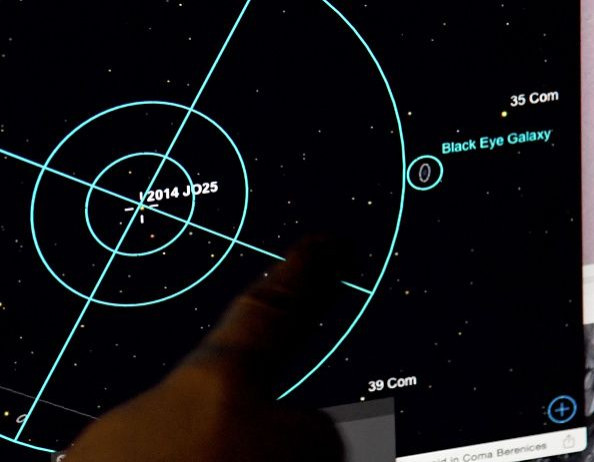Asteroids Are Harder To Destroy Than Previously Thought, New Study Says

Asteroids may be tougher to destroy after as a new study sheds light on simulated collisions.
Scientists usually study space rock materials at a laboratory using fist-like samples. Thus, modeling of asteroids previously did not account for limited speed cracks on asteroids. So the scientists responsible for the new study, El Mir and his colleagues, K.T. Ramesh (director of the Hopkins Extreme Materials Institute) and Derek Richardson (professor of astronomy at the University of Maryland), used a new computer model, called the Tonge-Ramesh model, instead.
Unlike in the 2000s when another research team used a model considering material brittleness, temperature and mass, the new model looked more closely at the small scale processes that happen to asteroids during a collision.
The initial research suggested that the asteroid (a kilometer in diameter) could be destroyed when struck "head-on into a 25-kilometer diameter target asteroid at an impact velocity of five kilometers per second." But the new study showed otherwise.
During the first phase, millions of cracks formed on the asteroid following a collision. This rippled to the entire asteroid and created a crater. The impact did not break the entire asteroid. During the second phase, the asteroid showed a significantly damaged core that exerted a strong gravitational pull on the fragments.
"We used to believe that the larger the object, the more easily it would break because bigger objects are more likely to have flaws. Our findings, however, show that asteroids are stronger than we used to think and require more energy to be completely shattered," Charles El Mir, a recent Ph.D graduate of the Johns Hopkins University's Department of Mechanical Engineering, said. He is also the first author of the paper.
Consequently, more scientists and organizations are putting in work on asteroid research. For instance, the Japanese are also taking more steps into understanding asteroids better. Japanese space agency (JAXA) revealed footage of Hayabusa-2 spacecraft landing successfully on asteroid Ryugu. The organic material from Ryugu is expected to reveal more on the building blocks of life to Earth.
El Mir added that it's just a matter of time before research on asteroids become more useful than just being tackled in academic books. They may soon be able to help in defining our response to something that poses an immense threat to our planet.
"It may sound like science fiction but a great deal of research considers asteroid collisions. For example, if there's an asteroid coming at Earth, are we better off breaking it into small pieces, or nudging it to go a different direction? And if the latter, how much force should we hit it with to move it away without causing it to break? These are actual questions under consideration," he said.
© Copyright IBTimes 2024. All rights reserved.





















